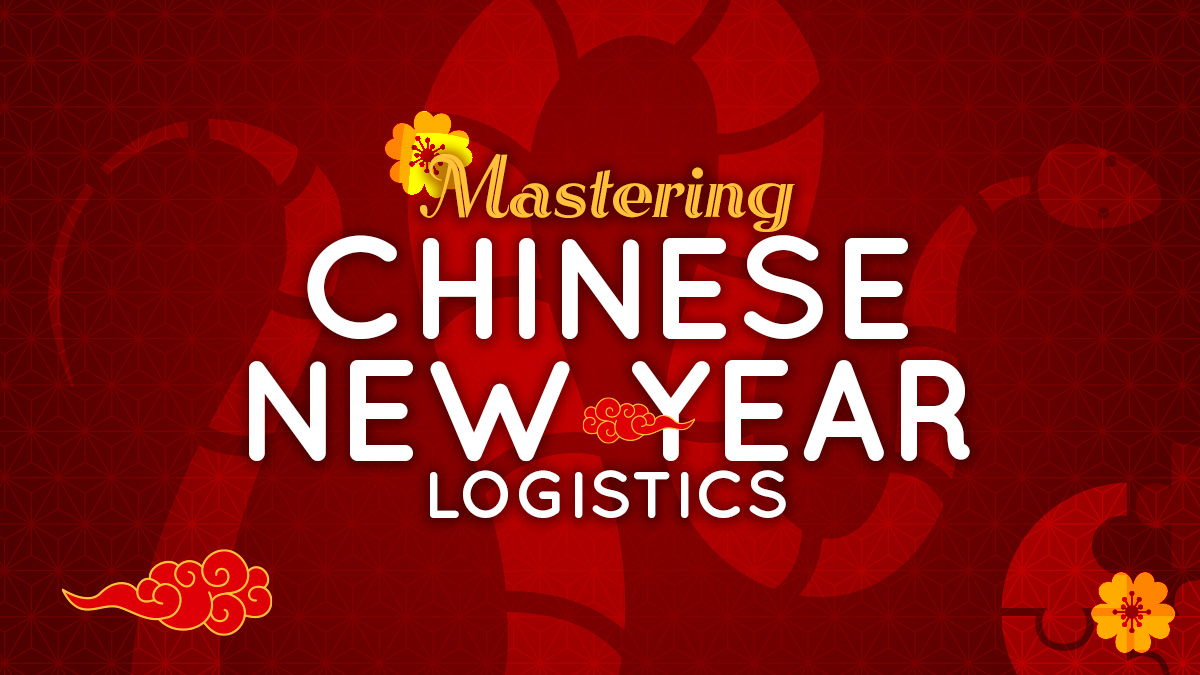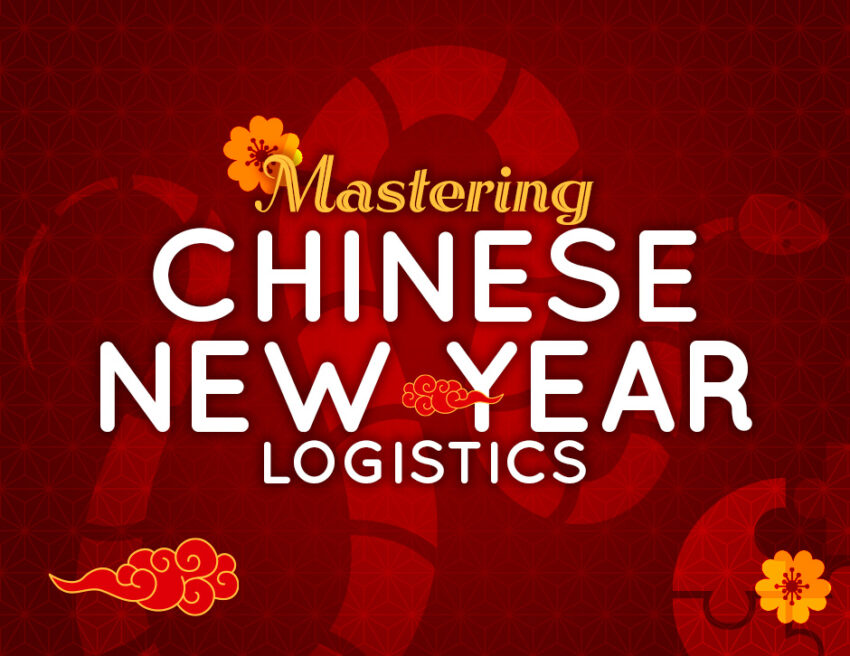Chinese New Year (CNY) is a time of celebration and renewal, but for the global logistics industry, it marks one of the busiest and most challenging periods of the year. Often referred to as the Spring Festival, this 15-day holiday is the most significant event in the Chinese calendar. For freight forwarding companies, it represents a critical juncture where meticulous planning and proactive strategies are essential to ensure seamless operations.
The festive season comes with factory closures, surging shipment volumes, and unpredictable delays, impacting supply chains worldwide. Navigating Chinese New Year’s logistical challenges requires foresight, adaptability, and effective communication with stakeholders. This blog provides a comprehensive guide for international freight forwarding companies to prepare for and overcome these hurdles.

Understanding the Impact of Chinese New Year
The significance of Chinese New Year extends beyond China’s borders, influencing global trade and logistics on a massive scale. During this period, factories across China shut down for up to two weeks, and many workers travel to their hometowns, leading to a near-complete halt in manufacturing and shipping activities. This abrupt pause in production creates a ripple effect throughout the global supply chain.
Additionally, the weeks leading up to CNY witness a frenzy of activity as businesses rush to complete orders and ship goods before the holiday begins. The result is a sharp increase in demand for freight services, leading to congestion at ports, higher freight rates, and longer transit times. Understanding these dynamics is the first step for freight forwarders to develop strategies that mitigate disruptions.
Pre-Holiday Preparations: Staying Ahead of the Curve
To navigate Chinese New Year’s logistical challenges, preparation is key. Freight forwarding companies must begin planning months in advance to anticipate the surge in demand and potential delays. Early engagement with clients and suppliers is crucial to ensure alignment on shipping schedules and inventory levels.
Freight forwarders should encourage their clients to place orders well before the holiday rush. By coordinating shipments in advance, companies can secure space on vessels and avoid last-minute complications. Similarly, working closely with carriers to lock in capacity and rates is vital during this peak season.
Another critical aspect is inventory management. Businesses that rely on just-in-time (JIT) inventory practices may face significant disruptions during CNY. Freight forwarders can assist clients in building buffer stock to ensure continuity in their operations during the holiday period.
Managing the Surge: Strategies for Peak Demand
As CNY approaches, freight forwarders must implement strategies to manage the surge in shipment volumes and mitigate delays. Effective communication with carriers, suppliers, and clients is essential to ensure smooth coordination and minimize misunderstandings.
During this time, freight forwarders may encounter capacity constraints, especially for ocean freight. Diversifying shipping options, such as exploring air freight or rail services, can help alleviate some of the pressure. While these alternatives may come at a higher cost, they can be crucial in meeting tight deadlines and maintaining customer satisfaction.
Technology also plays a pivotal role in managing peak demand. AI-powered tools and predictive analytics can provide insights into shipment trends, enabling freight forwarders to make data-driven decisions. Real-time tracking and monitoring systems enhance visibility across the supply chain, allowing companies to identify and address bottlenecks promptly.
Post-Holiday Recovery: Navigating Backlogs and Delays
The challenges of Chinese New Year don’t end with the holiday itself. The weeks following the celebration often see a backlog of shipments as factories resume operations and workers return to their posts. Freight forwarders must prepare for this phase by maintaining flexibility in their operations and continuing to monitor shipment schedules closely.
One of the common post-CNY issues is the imbalance of equipment and containers. With empty containers piled up at destination ports and a surge in exports from China, freight forwarders may face delays in securing equipment. Collaborating with carriers and leveraging strong partnerships can help address these imbalances effectively.
Additionally, freight forwarders should maintain open communication with clients, keeping them informed about potential delays and providing alternative solutions where possible. Transparency fosters trust and demonstrates a commitment to delivering reliable service despite challenging circumstances.


